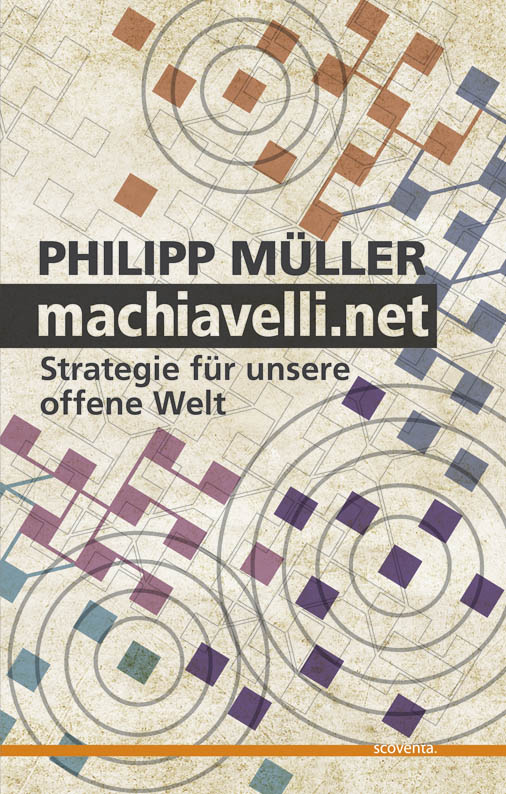Colombia 2.0
I just came back from Colombia, teaching Government 2.0 as a compact course. To see pictures, go to: http://picasaweb.google.com/philippmueller/ColombiaJuly2008
My argument in the course was that new modes of collobaration that become possible when technologies and new social practices reduce transaction costs drastically (think wikis, RSS, XML, blogging, open data, etc.) are transforming social life very fast, because they (a) expand the social universe, (b) compete with existing forms of collaboration (c) disrupt the balance of power between existing forms of collaboration, and (d) corrode our existing practices of collaboration. Some impressions on the country that (in part) seem to corroborate my argument:
a. Universidad de los Andes is one of the best universities in Latin America. I met many amazing professors and students. They are just in the process of setting up a graduate school of government. We had a wonderful conversation on case teaching and on internationalization (should they teach in English?), we hope to cooperate throughout the year.
b. The big peace demonstrations in February with more than 5 million participants were organized through facebook. Colombia has always been a fairly passive country, the last bigger demonstrations took place in 2002 with 20.000 participants. The peace demonstrations of the 1990s were very well funded and had a big administrative overhead.
c. The projects of my students ranged from building an online platform for the psychologists that are helping the demobilized guerrillas to find a footing in society, to a vaccination site, where hospitals, doctors, and patients could co-produce, store, and retrieve the vaccination records of little kids, to a the peer production of security through an online community where concerned citizens could upload videos of crime and share experiences.
d. Bogota (an 7 million inhabitant city, at the elevation of 2600 m) developed the TransMilenio bus system, an integrated network of dedicated bus lanes, elevated bus stops, and modern buses. This has solved some of the traffic congestion problems of the city.
e. In the last 10 years public space was re-invented. The big highways in the city, open up to bicyclists every Sunday (they are actually used), bike lanes have been given priority over other traffic, development takes the pedestrian view into consideration, it is actually fun to walk, both downtown and in the party zones at night. There was a time when mimes where shaming people into behaving socially.
f. The last car bomb exploded in Bogota in 2003 (in Club Nogal, killing around 20). Security is assured through a combination of deterrence (bomb-sniffing dogs everywhere) and societal pressure.
g. The rich live in the city. Appartment buildings are deemed more save than houses and living outside of the city is not (yet) and option. Therefore, you might actually meet important policy makers strolling casually through the park.
h. Colombia is a country that has been (and in parts still is) in war. The sophistication of dealing with demobilization and security is very high. The ethical quesitons the country’s prosecutors office are asking, go beyond what we see in other countries such as Afghanistan. A lot can be learned here from Colombia.
There is much more to learn from this country. It is worth a visit.
 Author of machiavelli.net, proud father of three, interested in shaping network society. Welcome to my blog.
Author of machiavelli.net, proud father of three, interested in shaping network society. Welcome to my blog.
write something of your staying in Mexico
write something of your staying in Mexico